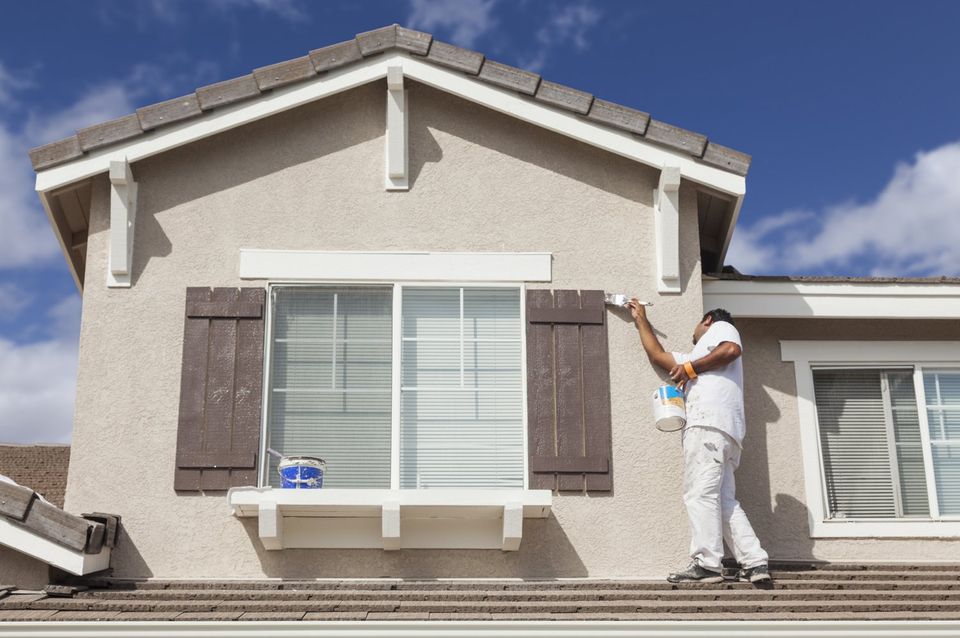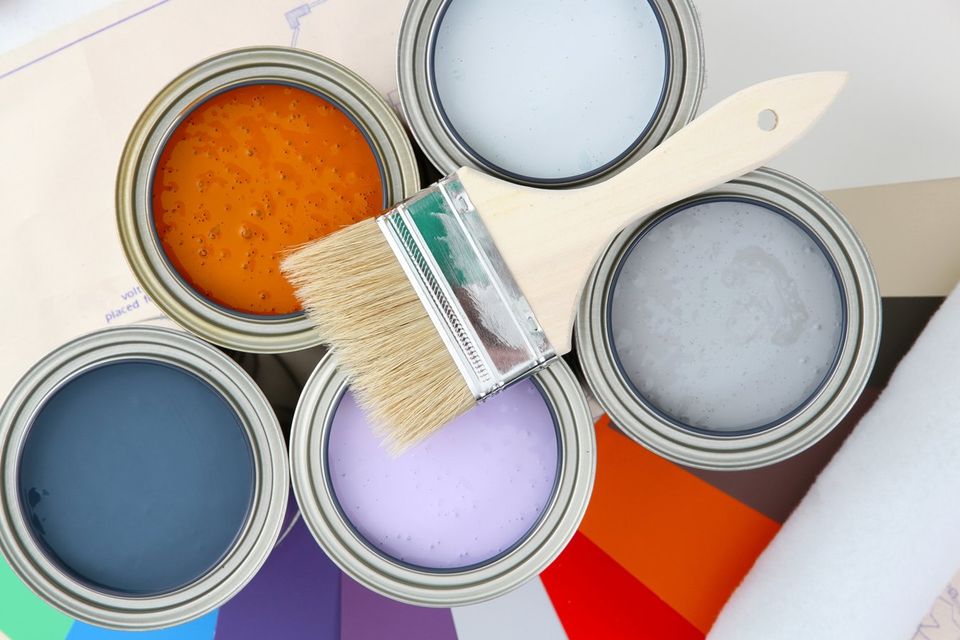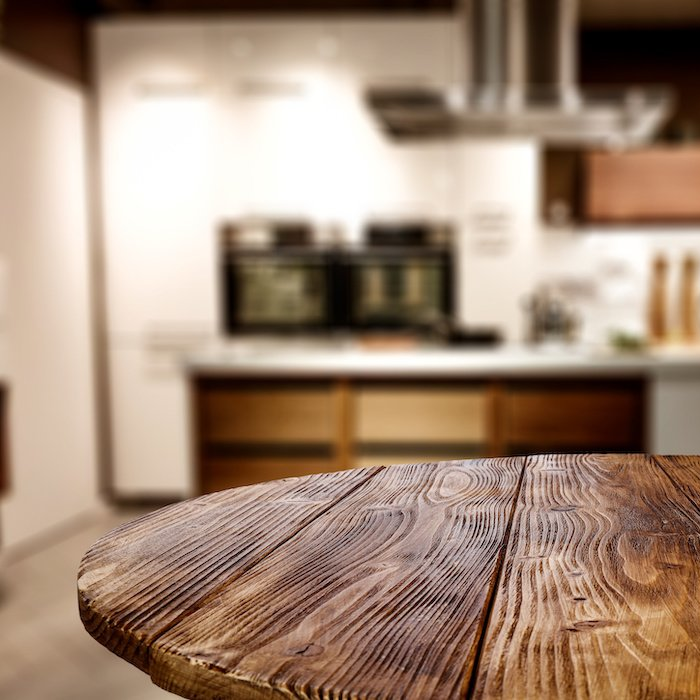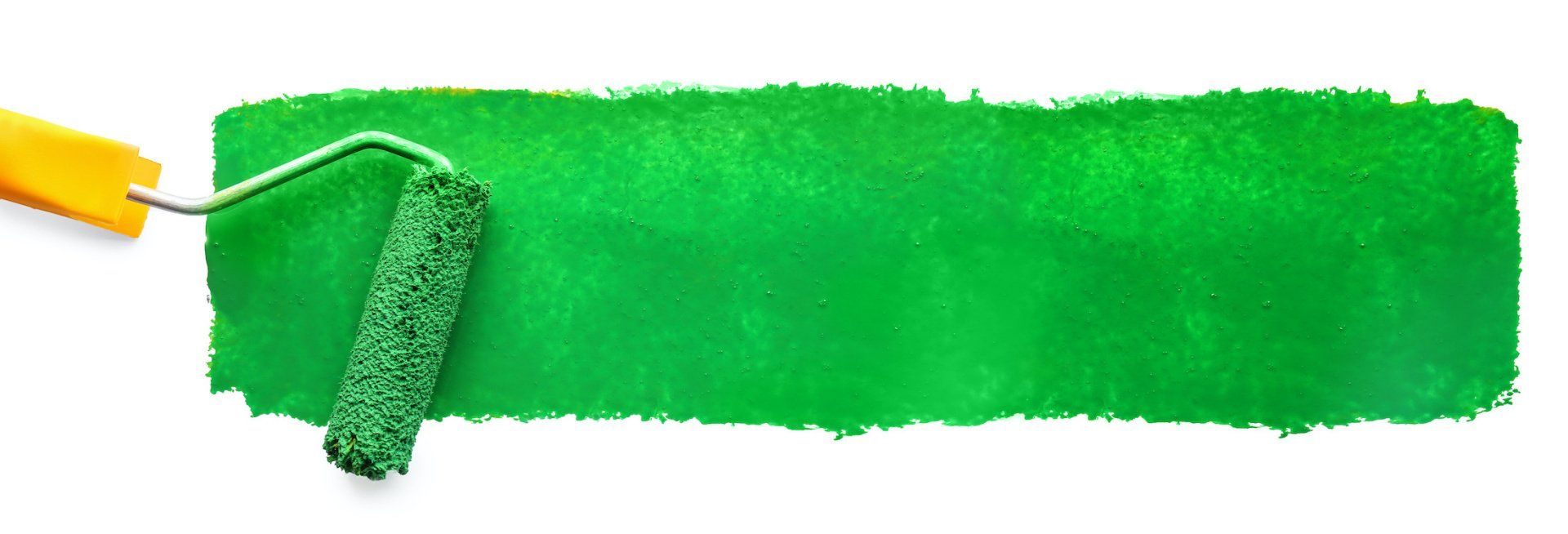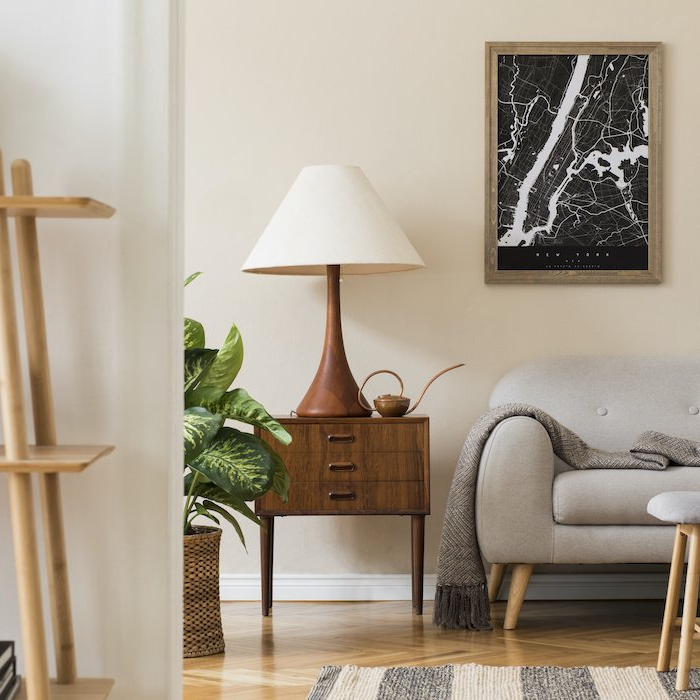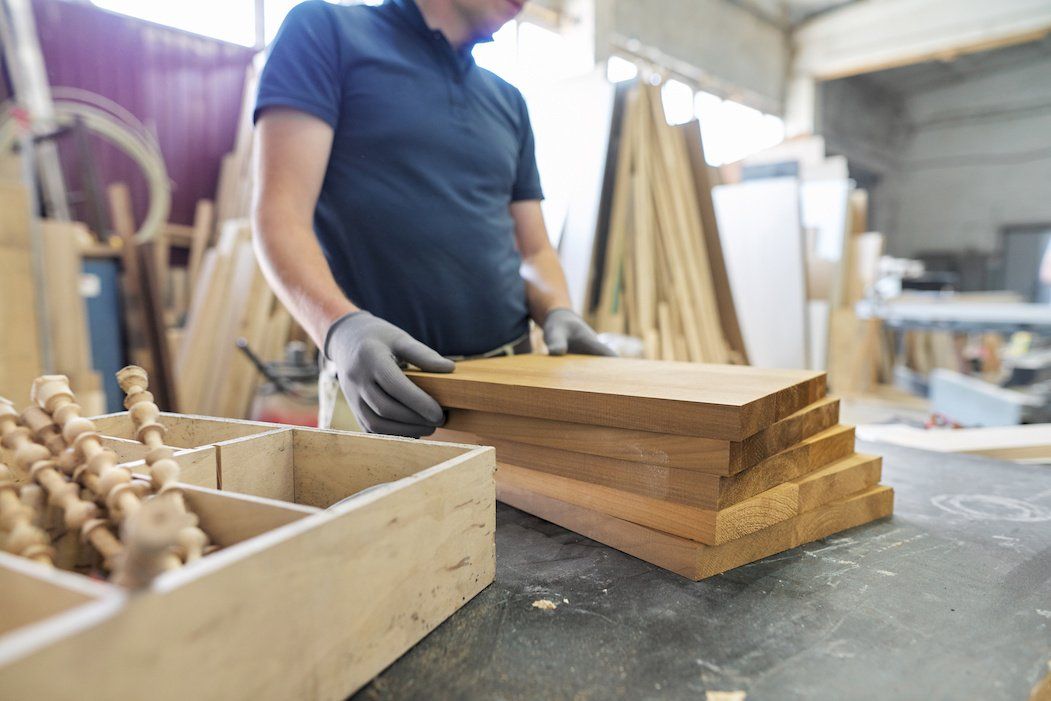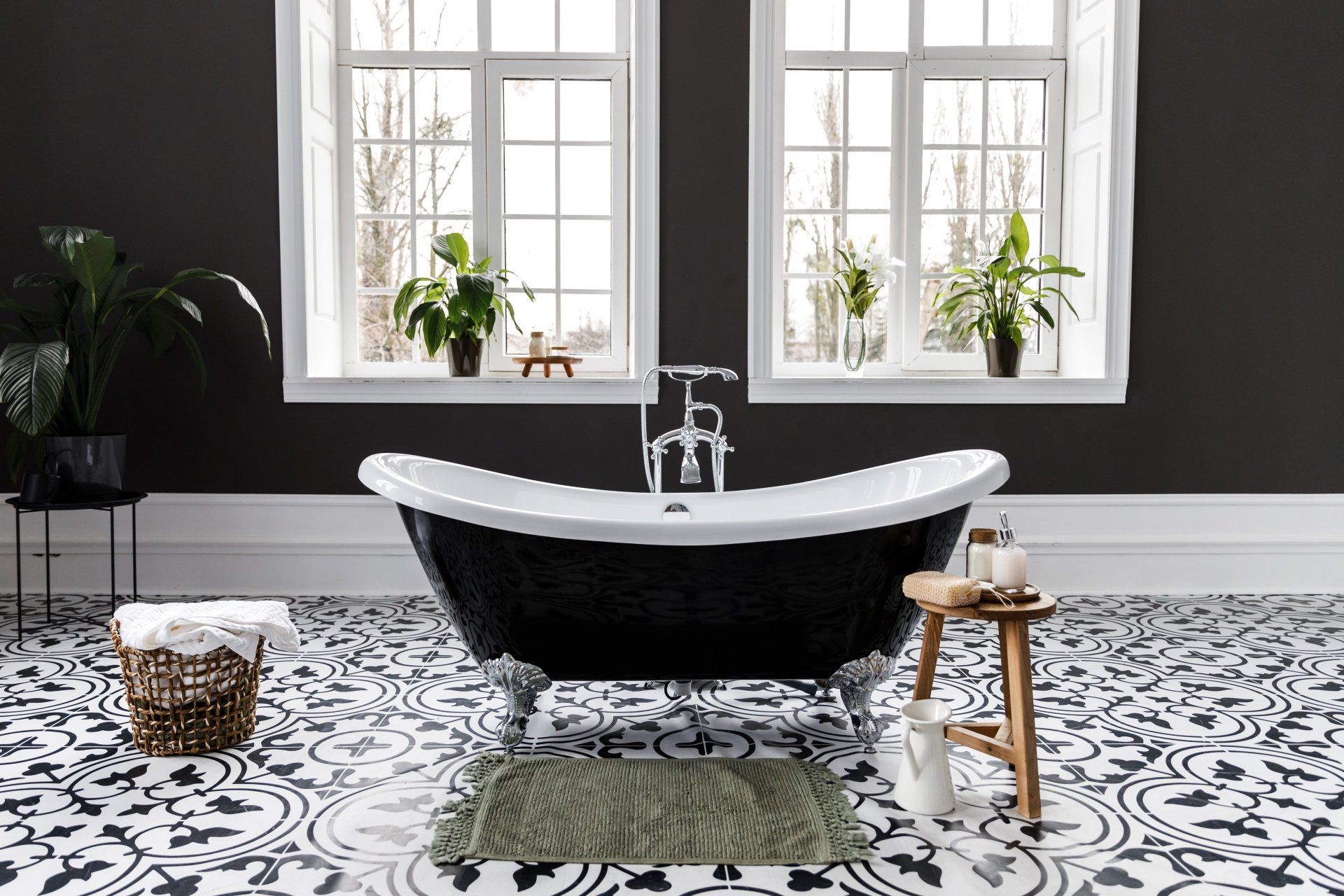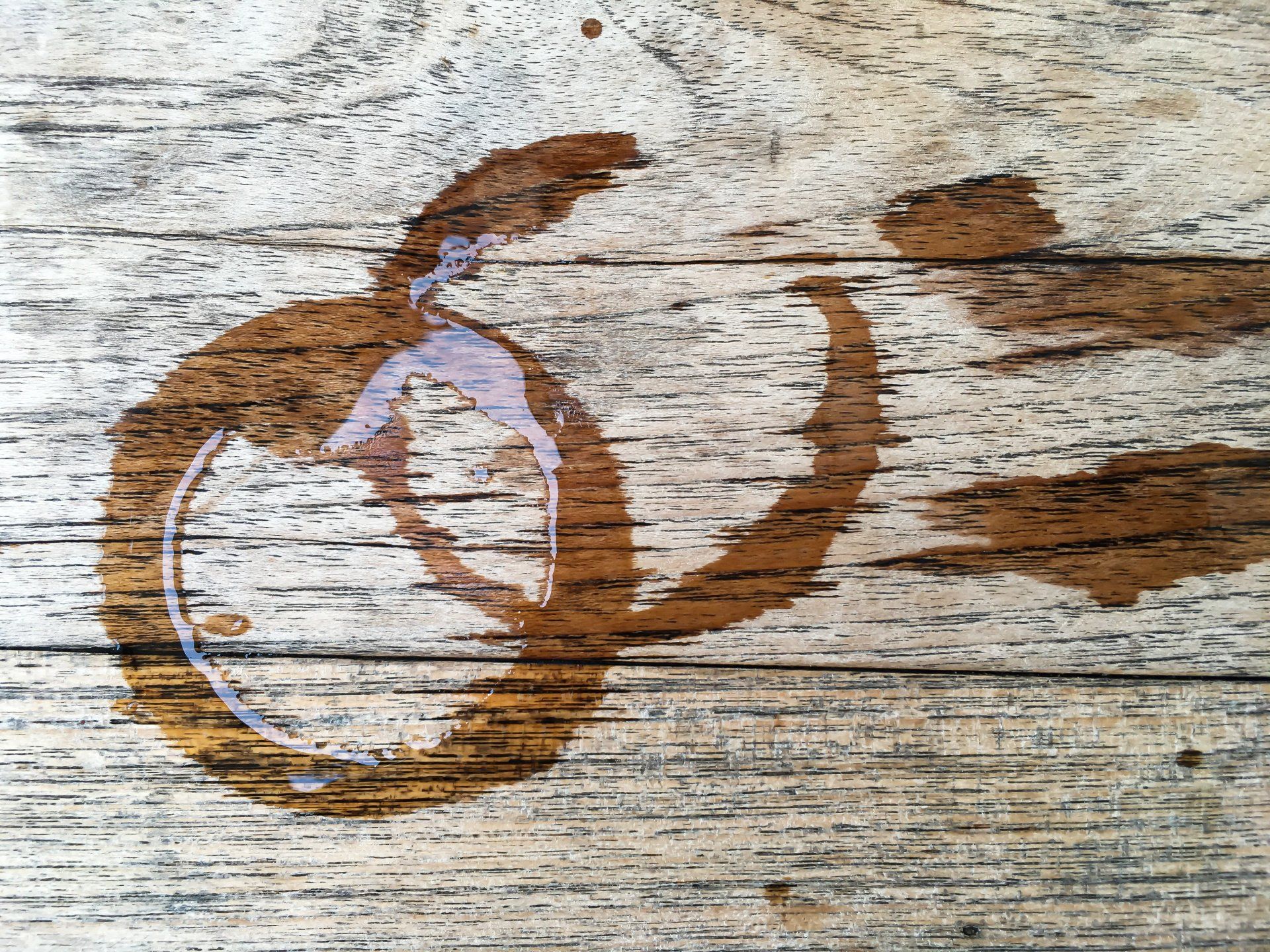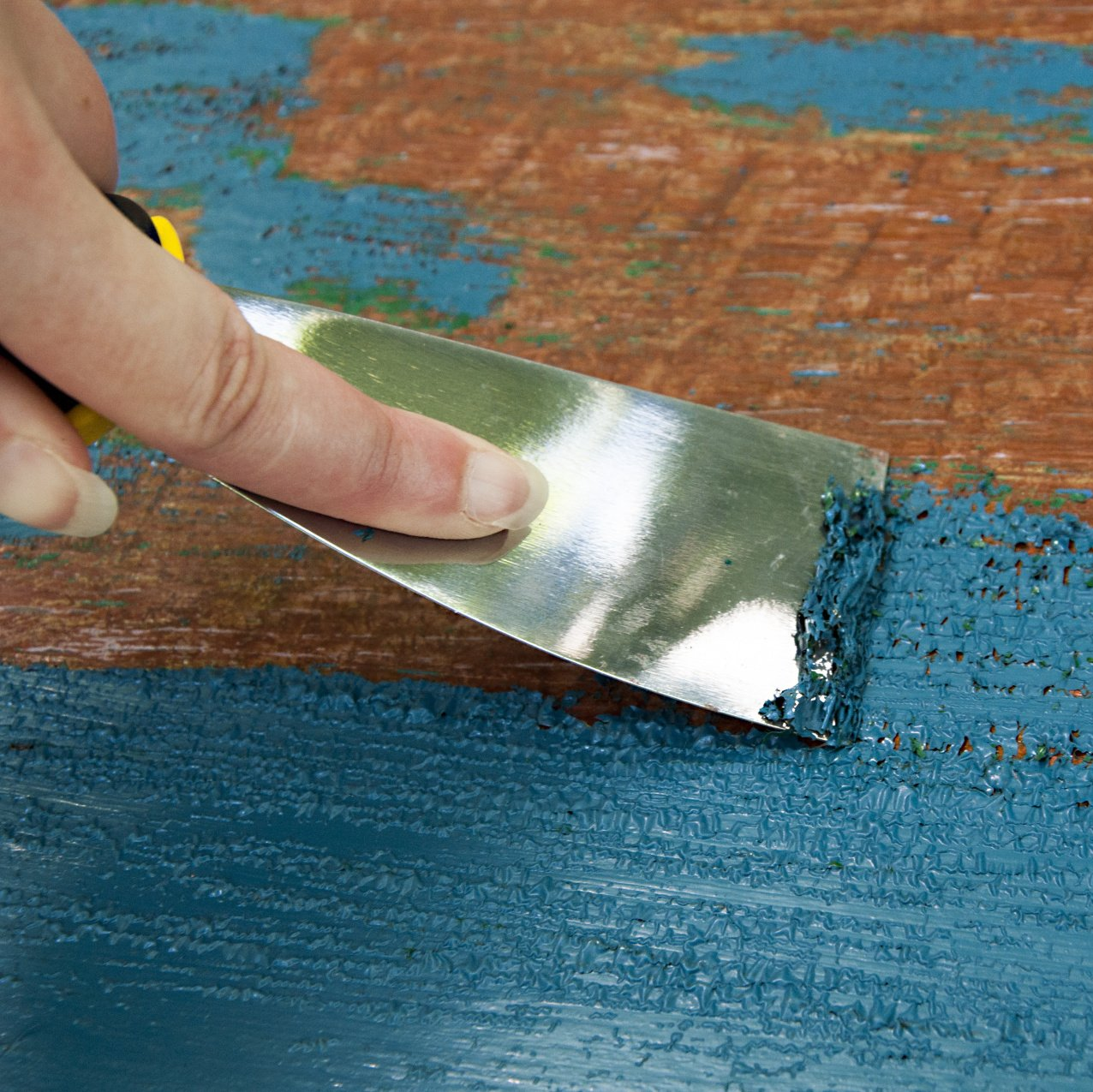Preparing for Spring – Painting Your Doors and Shutters
Sam Lutz • March 7, 2017
The paint on your doors and shutters helps protect the wood from rain and snow. Applying a new coat of paint every so often will extend the life of your shutters and doors and will keep your home looking its best.
Determine the Need
Examine your doors and shutters to look for signs of wear and tear. Bare wood, bubbles in the paint, nicks and scratches and splintering areas are all signs that your doors and shutters need to be repainted.
Pick the Paint
When choosing the right paint for your needs, consider the color as well as the type of paint. The best way to pick a paint color that will match your home’s siding is to buy a few paint samples, and then apply large squares of sample paint to a scrap of plywood. Hold the sample paint up to your home and step back to check the colors together.
Satin and semigloss finishes are preferred for shutters and doors because they’re easy to clean and easy to apply. Glossy paint is the easiest to clean, however, glossy paint shows imperfections easily and is not very good for use on doors that have scratches.
You’ll need to choose between oil based or water based paint and primer. Oil based paint and primer takes longer to dry and must be thinned with mineral spirits, so this type of paint can be more difficult to apply. However, if your shutters and doors were previously painted with an oil based paint and primer, it’s best to use oil-based paint and primer again.
Prep the Surface
Remove your shutters and doors for painting, then remove all hardware. Place each door and shutters on saw horses or a work bench. To prep the surface, clean the wood with a damp cloth and use sandpaper to sand down the paint. Wipe away any sand paper with the damp cloth, then allow the surface of the door or shutters to dry before continuing.
Shutters are difficult to clean because dirt and grit has a way of collecting between the slats. Use a strong jet of water from a hose to clean the shutters, then give the shutters extra time to dry.
Fill any scratches or nail holes with wood putty, then allow the putty to dry and sand the surface until it’s flat. When the shutters and doors are smooth, clean and dry, they’re ready to be painted.
Paint the Surface
Prime the doors and shutters before applying a coat of paint. Use a mini roller to cover large, wide flat areas. Angled paintbrushes are best for painting tight spaces and corners. Wait for the primer to dry before applying the coat of paint. The primer is dry when it’s no longer tacky.
If using an alkyd (water-based) paint, mix the paint with additive that will extend the drying time and allow you to smooth out the brush marks for a smoother, shinier finish.
If using an alkyd (water-based) paint, mix the paint with additive that will extend the drying time and allow you to smooth out the brush marks for a smoother, shinier finish.
Contact Ace Paint and Unfinished Furniture
At Ace Paint and Unfinished Furniture, we sell a variety of indoor and outdoor grade paints
in many hues. For quality paint at an affordable price, contact Ace Paint and Unfinished Furniture, or stop in at one of our convenient locations.
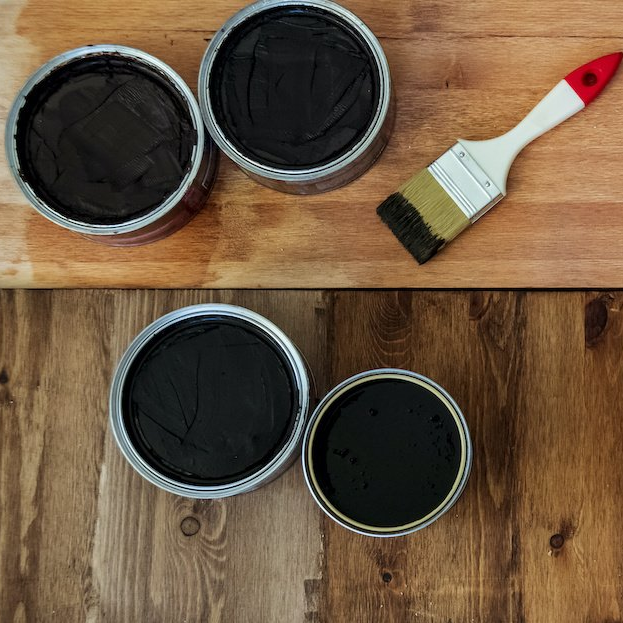
One of the wonderful things about good wood furniture is that it doesn’t have to be merely functional. It can be beautiful as well. We’ve seen some amazing pieces made with wood stains that are more than just furniture, they’re works of art. So if you’ve got an old table, desk or other piece of wood furniture that needs jazzed up, why don’t you consider using some of our great stains to try one of these ideas.

